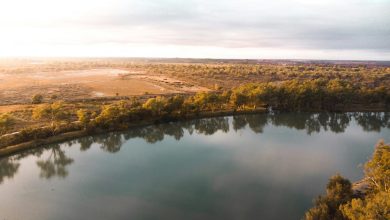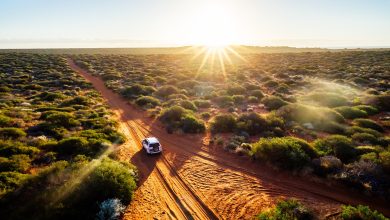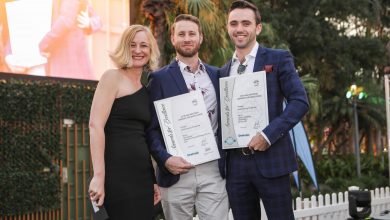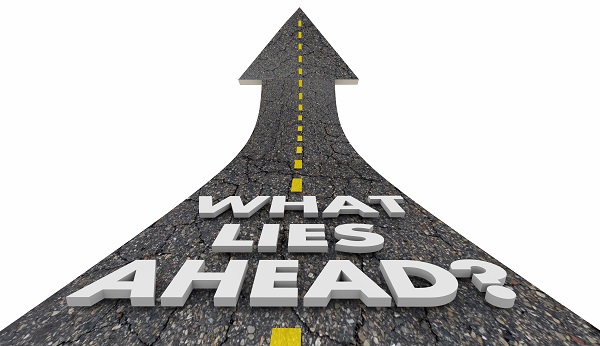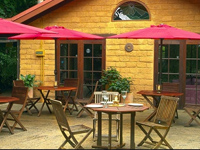Google “catching up” after conceding mapping errors
Google Maps has agreed to work with Queenslanders to amend travel distance inaccuracies on its app.
In a major win for bush tourism, the move follows pressure from the state government and complaints from dozens of operators that exaggerated travel times between destinations are deterring visitors from making outback journeys.
The tech giant has responded to a letter from Acting Queensland Premier Cameron Dick this week and has begun liaising with outback businesses and local councils to amend travel times deemed inaccurate.
Mr Dick approached head of Google Australia and New Zealand, Mel Silva, asking her to fast-track amendments of the travel times.
“We’ve worked hard with councils to improve roads in regional and outback Queensland, and now Google is catching up to reduce travel times,” Mr Dick said.
“Providing accurate travel times will give people more reasons to go bush with the family.”
The news will come as a relief to tourism operators such as Robyn Mackenzie, general manager of the Eromanga Natural History Museum, who says she spent three years trying to get local authorities and Google Maps to amend distance inaccuracies, finally putting the task in the ‘too hard basket’.
She told the ABC: “We’re developing a major tourist attraction in outback Australia. It’s in a remote part of Australia, so mapping, and accurate mapping, is key.
“What we’re finding is people aren’t coming to these parts of Australia because Google Maps isn’t updating its mapping.
“People just simply don’t come to these areas because the travel times are incorrect.
“It’s hurting these rural communities because we’re just not getting the tourism because of it.”
In December, state premier Annastacia Palaszczuk announced $10 million in grants to support 15 new outback tourism projects, declaring 2019 the ‘year of the outback’ in defiance of a sustained period of drought for the region.
Projects include an adventure camp, luxury artesian baths, an outback railway venture, a glass-floored bridge and a new home for Australia’s biggest fossil, Cooper the dinosaur.
“Tourism is vital to the outback’s future and this funding will help ensure we deliver the infrastructure needed to create more tourism jobs for the future,” she said.
“New attractions are critical to ensure we diversify the outback economy and help sustain communities particularly through volatile weather events, like drought.”

AccomNews is not affiliated with any government agency, body or political party. We are an independently owned, family-operated magazine.

